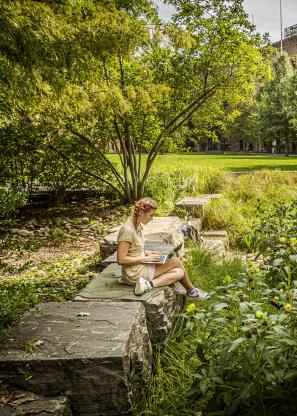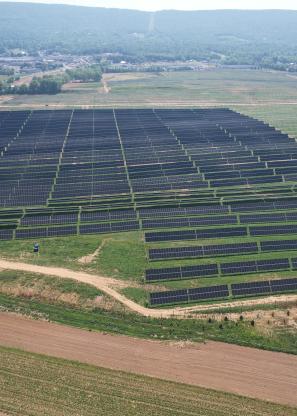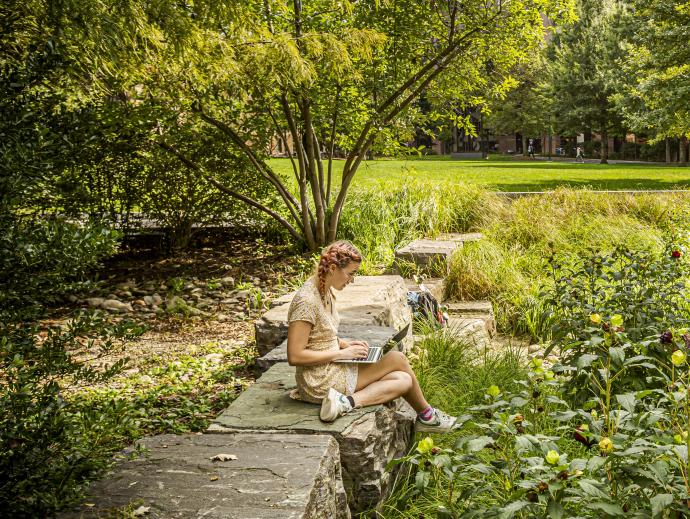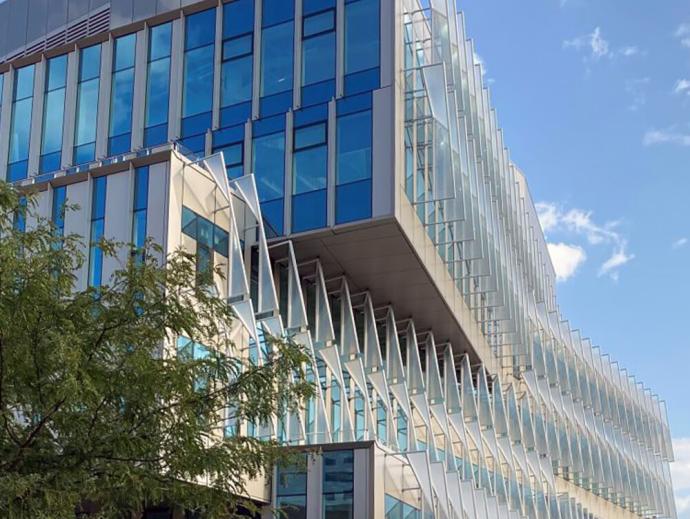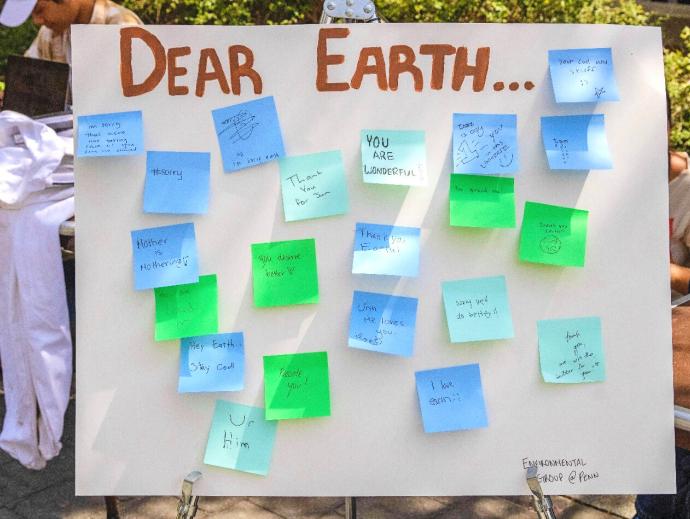Built Environment

Preserving history while embracing sustainable design is the cornerstone of Penn’s approach to its built environment. Taking an ecological framework to how we renovate, reuse, and build structures keeps sustainability at the forefront of development. We will continue to create and maintain a sustainable campus by reducing building energy consumption and expanding the use of sustainable design.
Built Environment
Preserving history while embracing sustainable design is the cornerstone of Penn’s approach to its built environment. Taking an ecological framework to how we renovate, reuse, and build structures keeps sustainability at the forefront of development. We will continue to create and maintain a sustainable campus by reducing building energy consumption and expanding the use of sustainable design.

Penn Connects, our campus development plan, takes sustainability into account for all new projects and renovations. From the adaptive reuse of historic buildings to cutting-edge research facilities, everything that flows through Penn Connects becomes an important part of our sustainability movement.
Every new construction and major renovation project targets a Leadership in Energy and Environmental Design (LEED) Silver rating or higher. Beyond Silver as our minimum standard, Penn also encourages sustainable design and innovation in all of our built environment projects, from our bird-friendly design to our green guidelines for renovations.
Our Progress
Programs
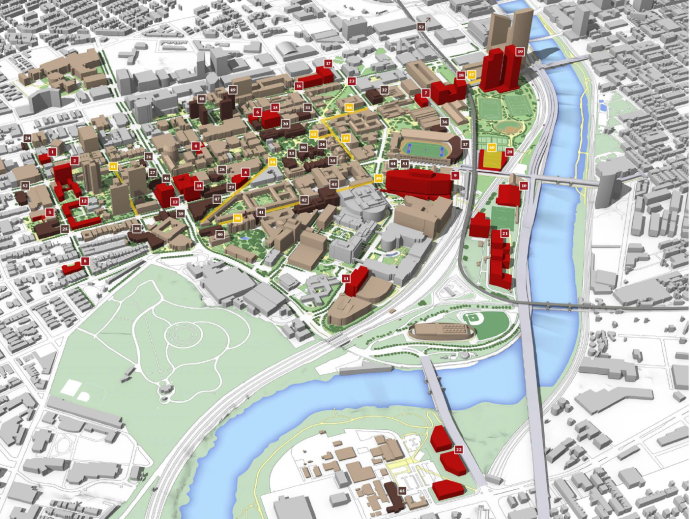
Penn Connects 3.0
Setting out the vision for the development of our urban campus since 2006, the Penn Connects plan creates a vibrant, sustainable and innovative urban university that's deeply connected to our local community with far-reaching global perspectives.

LEED Buildings
To become a world leader in sustainable design and standards, we need to build with purpose. Every new building and major renovation on campus is targeting Leadership in Energy and Environmental Design (LEED) Silver ratings or higher.
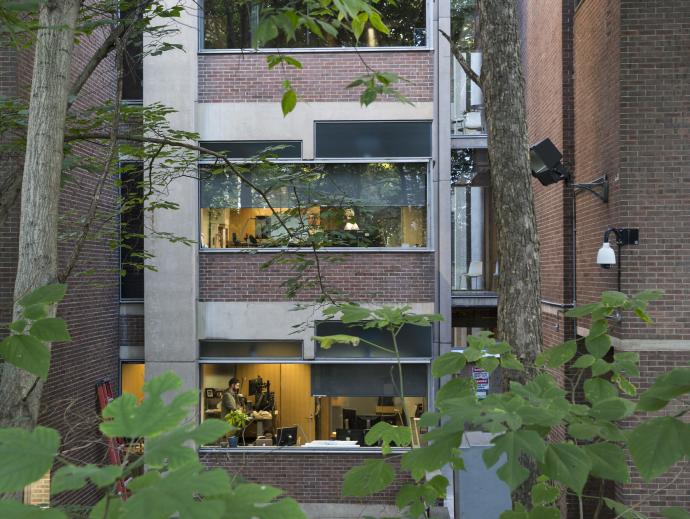
Design Guidelines
Design can dictate the flow of life, induce positive feelings, and influence environmental impact. These guidelines help to align new buildings and renovation projects with Penn’s sustainability goals.
Bird-Friendly Initiatives
An unfamiliar urban landscape can be devastating for the thousands of birds that migrate along Philadelphia’s “Atlantic Flyway.” Penn is committed to reducing bird collisions with buildings through bird-friendly design strategies in new builds and renovations.

Partners
The departments and organizations who collaborate on Penn’s sustainable practices are the driving force behind our Built Environment programs:
